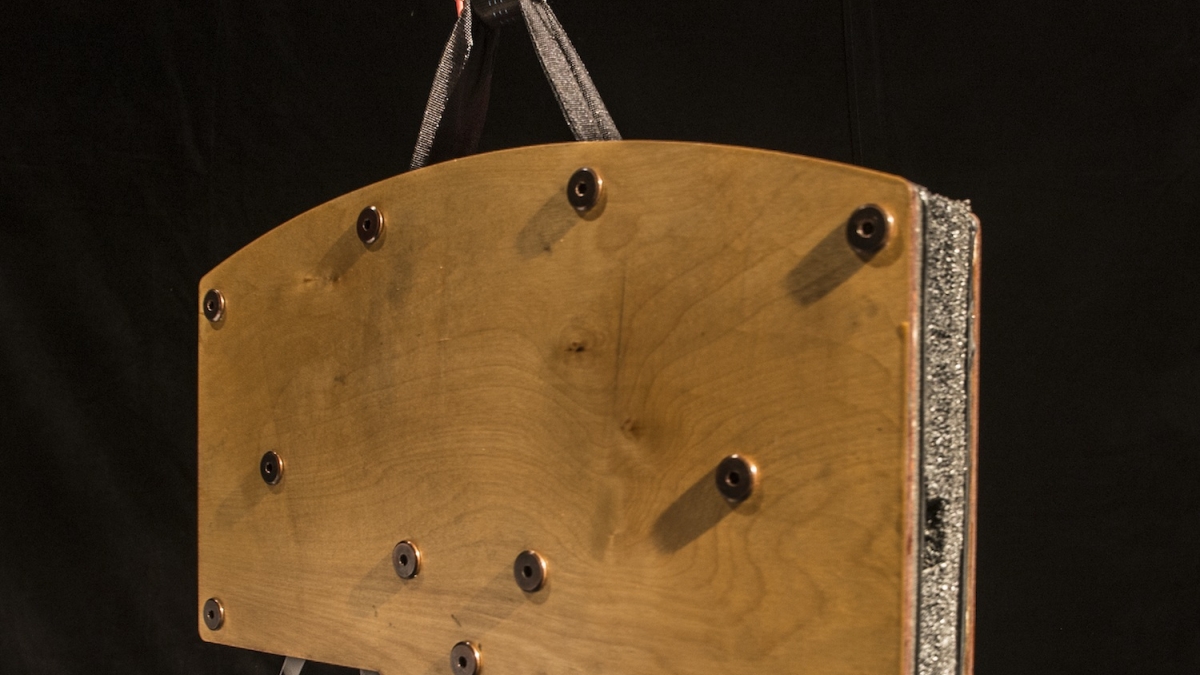ASU Contemporary Music Festival celebrates 5th year with an exploration of minimalism

The ASU School of Music in the Herberger Institute for Design and the Arts is celebrating the fifth year of its Contemporary Music Festival, which presents renowned cutting-edge, seldom performed works to the public, mostly for free, as well as insightful talks about the music.
The festival takes place April 30 through May 2 at Katzin Concert Hall, on ASU’s Tempe campus.
“For several days each spring, the ASU School of Music becomes a platform for the celebration and performance of the music of the 20th and 21st centuries,” says Heather Landes, interim director of the ASU School of Music. “This annual event exploring lesser-known contemporary music genres demonstrates our commitment to providing our students and our community with the opportunity to explore challenging and diverse work.”
The organizers of the festival – ASU School of Music faculty Glenn Hackbarth, Sabine Feisst and Simone Mancuso – believe that classical music is “a living tradition” and “an exciting and vibrant part of modern life.”
In past years, they have focused either on one composer – like John Cage, who’s probably best known for his 1952 silent composition "4’33” during which the performer doesn’t play any notes – or on a concept or trend, such as microtonality.
This year, the focus is on minimalism, which is a much vaster phenomenon than most people think, according to American minimalist composer Tom Johnson.
Minimalism, Johnson writes, includes “any music that works with limited or minimal materials: pieces that use only a few notes, pieces that use only a few words of text or pieces written for very limited instruments, such as antique cymbals, bicycle wheels or whiskey glasses. It includes pieces that sustain one basic electronic rumble for a long time. It includes pieces made exclusively from recordings of rivers and streams."
Organizer Feisst calls minimalism “one of the most influential musical trends of the late 20th century.” Some of its most famous practitioners, like Philip Glass and Steve Reich, whose works are featured in the festival, are even household names outside the world of classical music.
The program includes two pieces by minimalist heavy hitter Reich: his epic, mesmerizing “Music for 18 musicians,” played by the Crossing 32nd Street ensemble, who were named Phoenix's "Best New Classical Music Ensemble" by the Arizona Republic, and “New York Counterpoint 11’,” played by the ASU Clarinet Ensemble, with Robert Spring directing.
“This year’s festival explores a broad range of innovative and evocative works by composers from the United States, Europe and Australia,” Feisst says, with the goal of offering the community “rich sonic experiences.”
Those experiences range from Daniel Lentz’s “Can't See the Forest,” a 1971 work for “three speaker-drinkers with three wine glasses with mallets and red wine,” to Pauline Oliveros’ 1970 work “To Marilyn Monroe and Valerie Solanas in Recognition of Their Desperation,” an “organic sound piece” that protests the posthumous exploitation of two women “caught in the traps of inequality.”
This year, visitors to the lobby of the Katzin Concert Hall building will be greeted by a new sound installation by internationally renowned artist Garth Paine, a joint faculty member of the ASU School of Arts, Media and Engineering and the School of Music.
Titled “Oscillations,” Paine’s piece features six Tibetan singing bowl “robots,” each equipped with two bowls, that produce a range of pure, sustained tones that interact with each other to fill the space with “an omnipresent series of harmonics.”
Paine explains that the robots are linked by a wireless network “played by a set of critters moving through a virtual environment using Brownian Motion – this creates an ever-evolving soundscape that is random but appears to have form and structure.”
For details about the performances and talks that will take place during the festival, visit acmefest.wordpress.com/setup.

